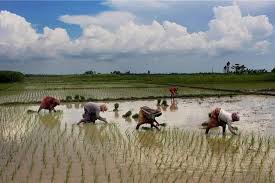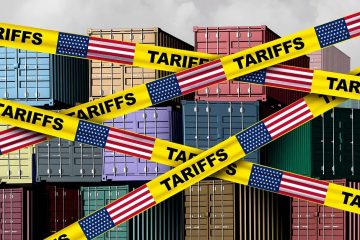Erratic monsoon rains threaten key Indian grain, food crops

MUMBAI (Reuters) – India’s monsoon has delivered 1 percent more rain than normal so far this year, but erratic distribution has flooded some areas and left others in drought, clouding the outlook for key summer-sown crops more than midway through the season.
The uneven rains could lead to lower food grain output despite bigger planting areas, forcing India to raise imports of edible oils, sugar and pulses, and potentially limiting exports of cotton, rice and feed ingredients, traders said.
“Where it is not necessary, rainfall is abundant. Here, we badly need rains, but we haven’t got them in a fortnight,” said Netaji Surywanshi, a soybean farmer from Maharashtra whose crop on 9 acres has started wilting during a critical growth phase.
Surywanshi’s Marathwada region in central India has received 21 percent lower rainfall than normal this monsoon – which started on June 1 – while some regions in southern India recorded as much as a 34 percent shortfall, according to the state-run India Meteorological Department (IMD).
In contrast, areas like western Rajasthan got as much as 126 percent more rain than normal, leading to floods that killed more than 300 people and displaced millions.
Monsoons deliver about 70 percent of India’s annual rainfall and are critical for farmers because half of their lands lack irrigation. Farms account for 15 percent of India’s $ 2 trillion economy and employ more than half of its 1.3 billion people.
This year, 58 percent of the country received normal rainfall, and the remainder got excess or deficient rains, according to IMD.
“At the time of sowing, rainfall was good, but many regions did not get follow-up showers or received too much rain,” said Harish Galipelli, head of commodities and currencies at Inditrade Derivatives & Commodities.
“This will bring down yields. Production of rice, cotton, pulses and oilseeds could be lower than last year.”
Prices of some vegetables reacted quickly to the uneven rains. Onion prices doubled in a fortnight, and tomato prices quadrupled in a month.
This despite the planting area of summer-sown crops rising by 3.3 percent this season to 79.13 million hectares, according to Ministry of Agriculture data last week.
“The ongoing dry spell has already hit crops. If it gets extended even a few more days, damage will rise sharply,” said a Karnataka agriculture department official who was not authorized to speak to media.
Rainfall is unlikely to revive in southern and central India this week, said an IMD meteorologist who declined to be named.
Southern states Kerala, Karnataka and Tamil Nadu have received less rainfall than in the drought-hit 2016 season, creating a scarcity of drinking water.
“Last year we incurred losses due to lower prices. This year it seems the weather god will ruin our investment,” said farmer Surywanshi.







